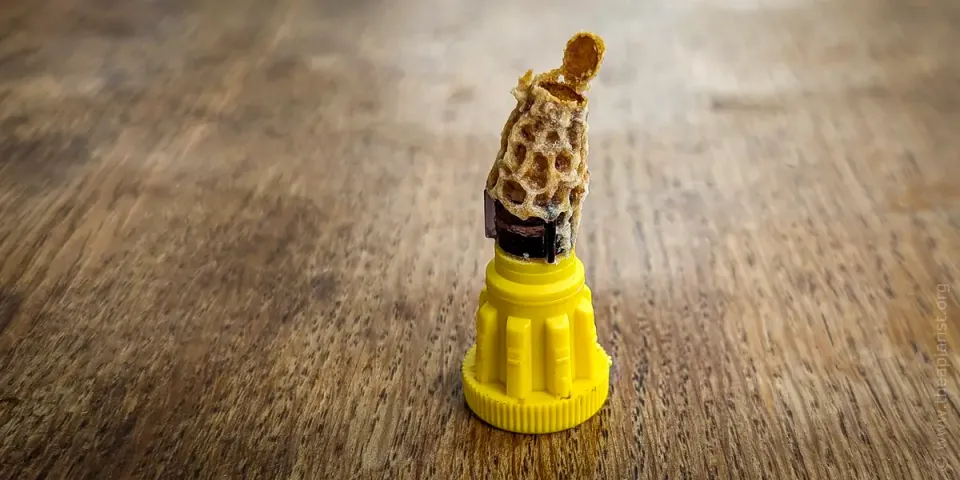How to : Grafting

'Grafting' is the manual transfer of day-old (or preferably younger) worker honey bee larvae from natural comb to artificial queen cups, with the intention that the transferred larvae are subsequently reared as queens.
Grafting is one of the three key methods involved in queen rearing - the others being the rearing of the grafted larvae into adult queens and subsequently getting the queens successfully mated. It is the basis for all queens reared commercially.
This does not mean that it is only relevant to commercial beekeepers, or those who manage dozens of hives.
Because of the control it allows over the timing of the queen rearing process, and the ease of handling of the resulting queen cells, it is relevant whether you have three hives or three hundred.
This is the first of a series of irregular 'how to' methods-type posts. These are intended as reference posts, containing an overview of the general principles of the method, the tools or equipment needed, the preparation involved, followed by a point-by-point guide to the technique.
For most readers, that will be sufficient. However, where appropriate I'll follow that with some brief notes on related methods, or useful variations of the technique.